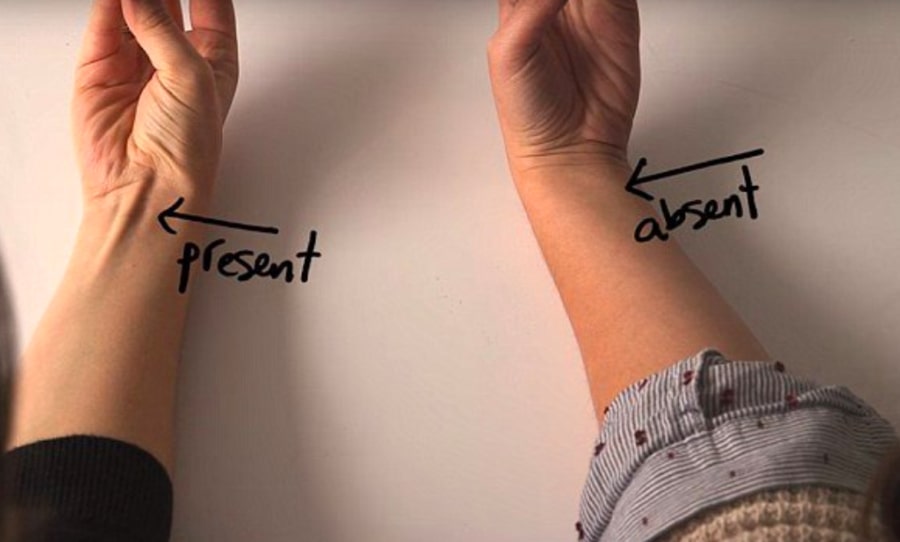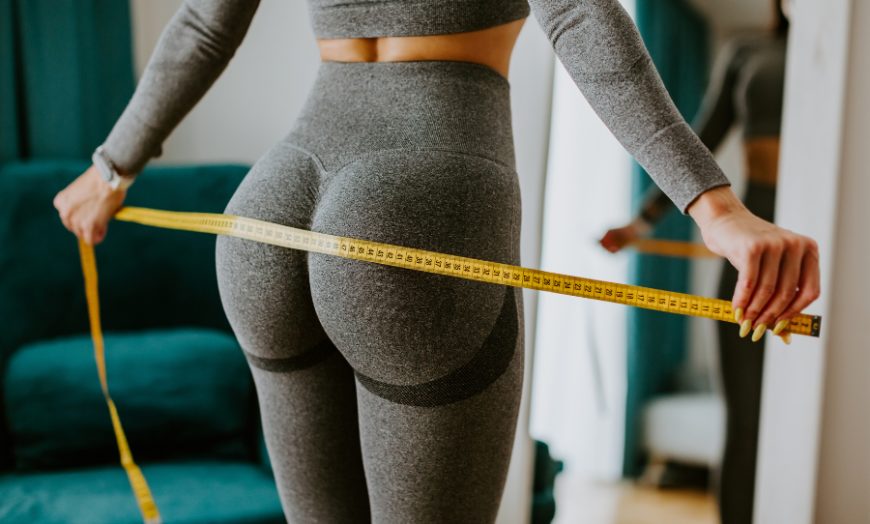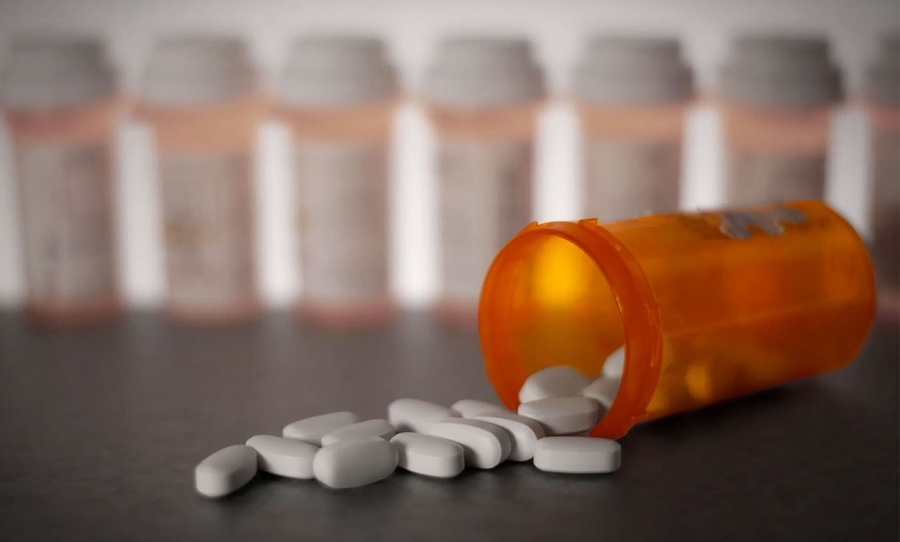So it turns out that some of us are more evolved than others. In a weird but also kind of cool discovery, most of us possess evolutionary leftovers in our bodies which were useful before we evolved to live how we do today.
A Twitter user created a thread of evolutionary leftovers last year, and they’re pretty damn interesting. So here you have it, scroll dow to see six evolutionary leftovers you may or may not find on your own person.

Check yourself: see just how evolved you are. Have you noticed these parts of your body and what they are used (or in some cases not used) for?
1. First up: the vestigial muscle. Around 14% of people have evolved and no longer have this muscle in their arm. Back in the day it was used to help people move through and around trees.
Put your hand flat on a surface and touch your pinky to your thumb. Do you see a raised band in your wrist? That there’s a vestigial muscle called the palmaris longus. It used to help you move around the trees. About 14% of us don’t even have this muscle anymore. (2/8) pic.twitter.com/ZF3Ta91IGy
— Dorsa Amir (@DorsaAmir) January 15, 2019
2. Next we have Darwin’s tubercle. Notice a little bump around the top edge of your ear? Well humans once used that little tab to hear better before our necks evolved to be more flexible.
Check out your ear. Do you see this little bump? That’s called Darwin’s tubercle. It used to help you move your ears around. Now that we have super-flexible necks, we don’t need these anymore. (3/8) pic.twitter.com/2OlVWEu6gT
— Dorsa Amir (@DorsaAmir) January 15, 2019
3. One that you may be more aware of is your tailbone. But did you know that we have a tailbone because we once had tails to help us balance and move in trees? We even grow tails in the embryo but our system attacks and destroys it before we make it out in birth. Personally, I think a tail would be a great party trick.
Here’s a more obvious one: the tailbone. This is the ghostly remainder of our lost tails, which were useful for balance & movement in trees. We still grow tails as embryos, but then attack and destroy them in the following weeks. Not the most efficient system. (4/8) pic.twitter.com/pmF2lCpnyT
— Dorsa Amir (@DorsaAmir) January 15, 2019
4. See that little pink gooey thing on the inner corner of your eye? Well, over time has shrunken and evolved from what was previously a third eyelid. That’s right – we once had eyelids that would blink horizontally.
Ever wonder what this little pink thing in your eye is? This is the plica semilunaris. It used to be a third eyelid that would blink horizontally. You can see this in action in the eyes of many other animals. (5/8) pic.twitter.com/0ubMulahA0
— Dorsa Amir (@DorsaAmir) January 15, 2019
5. Another one that is more obvious – goosebumps. Humans would use them in the past to make themselves appear larger, or even trap an added layer of warmth during colder months.
Oh, and you know how you sometimes get goosebumps when you’re cold or scared? That’s a vestigial reflex that used to raise body hair to make you appear bigger or trap an extra layer of heat for warmth. Some people can actually do this on purpose. (6/8) pic.twitter.com/uY2zJddguy
— Dorsa Amir (@DorsaAmir) January 15, 2019
6. Finally, we have the palmar grasp reflex. This one is more of an intuition than a body part. Have you ever placed a finger in between a baby’s palm and tiny fingers and they automatically grasp? That reflex is what primate infants would use to hold onto their parent for safe transport.
Another cool reflex is the palmar grasp reflex. If you place your finger on an infant’s palm (or feet!), they will try to grasp it. Ancestral primate babies would have used this to grasp on to their parents for transport. (7/8) pic.twitter.com/LFpN1ykSug
— Dorsa Amir (@DorsaAmir) January 15, 2019



